Gellir lawrlwytho cynnwys at ddefnydd anfasnachol, megis defnydd personol neu ar gyfer adnoddau addysgol.
Ar gyfer defnydd masnachol cysyllwch yn uniongyrchol gyda deilydd yr hawlfraint os gwelwch yn dda.
Read more about the The Creative Archive Licence.
Disgrifiad
This letter was sent to David Jacobs by the Abertillery Museum Society. The letter contains extracts copied from the book A History of Ebbw Vale by Arthur Gray-Jones (Risca: Starling Press, 1970) dealing with the 1911 riots and responses to David Jacobs's questions presumably pertaining to his and other Jewish families of Abertillery. The letter notes that no rioting occurred in Abertillery.
In the quotes, Gray-Jones emphasises that although about thirty Jewish shops and only four Welsh shops were looted, the riots were not initially antisemitic in nature. What started in "a spirit of turbulent mischief" was however diverted against the Jewish shopkeepers as unfounded rumours about them started to spread. The riots in the Valleys were, in Gray-Jones's reading, part of the labour unrest that spread through England and Wales that summer and culminated in the National Railway Strike. The rioting in Tredegar, Ebbw Vale, Bargoed, New Tredegar, and Rhymney was preceded by the violently suppressed Llanelli riots in which six people got killed.
Gray-Jones explains that the population of South Wales had increased by 50% between 1891 and 1911 as a direct result of the development of the coal field. Among the many immigrants were a number of Jews from continental Europe and Russia escaping pogroms. These were mainly Orthodox Jews who built successful small businesses across the Valleys and founded Hebrew congregations in several towns with synagogues opening in places like Tredegar, Ebbw Vale, and Brynmawr.
Among these families were the Cohens of Tredegar who owned a drapery shop and some "slum property". There were widespread, unfounded rumours that the Cohens had recently increased the rent of the property and were hoarding food while the striking miners were penniless and starving. The day the riots first broke, the drapery shop and two other Jewish establishments were looted.
On the second day of the rioting, more Jewish shops were looted and the police, reinforced by troops from the constabulary of Monmouthshire, brutally attacked the rioters. On the third day, the rioting spread to Ebbw Vale and Rhymney with isolated incidents occurring in Bargoed and New Tredegar, whose police had been sent to Tredegar to assist the local forces.
Gray-Jones recounts the story of the Goldblatt family of Ebbw Vale, who had arrived from Poland in the 1890s and owned a shop that mainly sold low-priced clothes for the families of labourers. The business was founded by Moses and Rachel Goldblatt who spoke little if any English and in 1911 the shop was ran by their two daughters.
The shop was looted soon after the street lights were turned off, but no violence was directed against the Goldblatts and as Gray-Jones emphasises, there were no signs of explicit antisemitism. The looters were people on the poverty, seeing the unrest as an opportunity to get hold of something that would otherwise be difficult, if not impossible, for them to obtain. The rioting ended for the day as the lights came back on.
The next day more Jewish shops were looted, including a jeweller's, a tobacconist, and a furniture shop. Many more people were out, but as Gray-Jones notes, the vast majority of them were spectators. On the third day, peace was gradually restored by the local police with the help of an army of volunteers.
Gray-Jones quotes several sources stating that the riots were not antisemitic in nature and even a lawyer who considered the looting to be connected to socialism. Quoted is also a Jewish shopkeeper who noted that he was not harmed although his shop was destroyed.
Information on the Jewish community in Abertillery is conflicting, but it is known that a Hebrew Congregation was founded in the early 1900s and ceased to exist in the 1950s. According to the research of Abertillery historian Graham Bennett, a synagogue with a Hebrew school was erected in 1910 on Newall Street and it had space for 100 worshippers and 100 pupils In Cai Parry-Jones’s doctoral dissertation this account is disputed, and the synagogue is said to have been a room in a residential building. Contemporary newspaper sources confirm that weddings and events took place at the Abertillery Synagogue, but they also note that in the early 1940s, religious services for evacuee children were held in a private home. At the time, the Abertillery community had shrunk from around 100 members to 14.
Sources:
'The History of the Jewish Diaspora in Wales' by Cai Parry-Jones (http://e.bangor.ac.uk/4987);
JCR-UK/JewishGen (https://www.jewishgen.org/jcr-uk/Community/val1_abertillery/Abertillery_Press_Reports.htm);
"The Hebrew Synagogue – Abertillery" by Graham Bennett (https://outoftheblueartifacts.com/the-hebrew-synagogue-abertillery).
Depository: Gwent Archives.





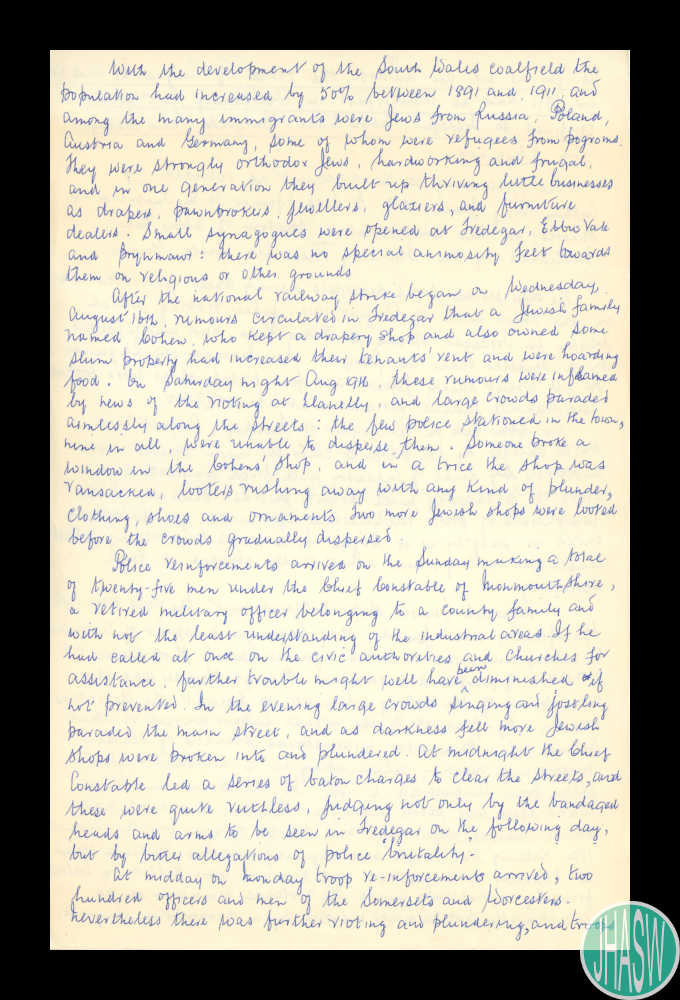

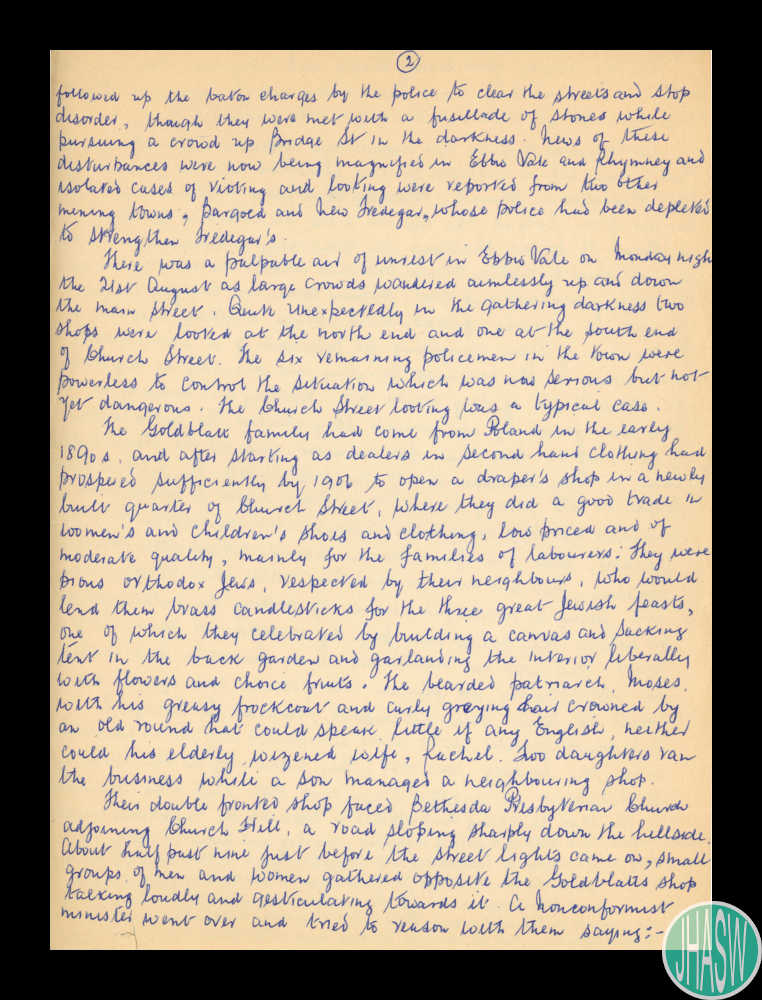

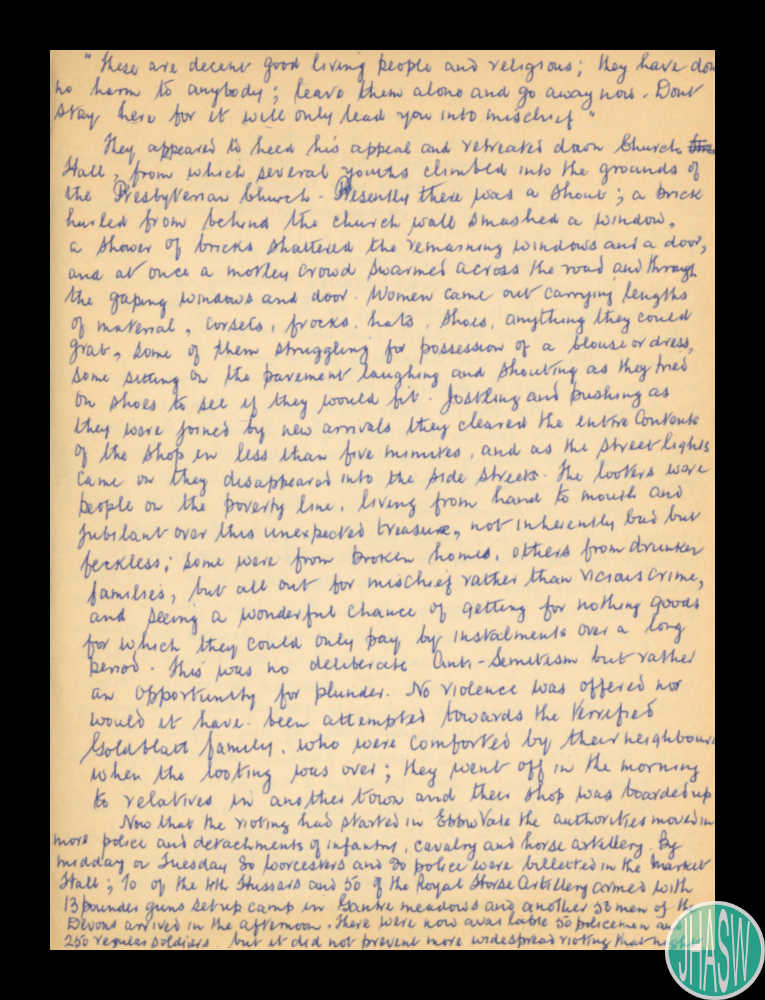



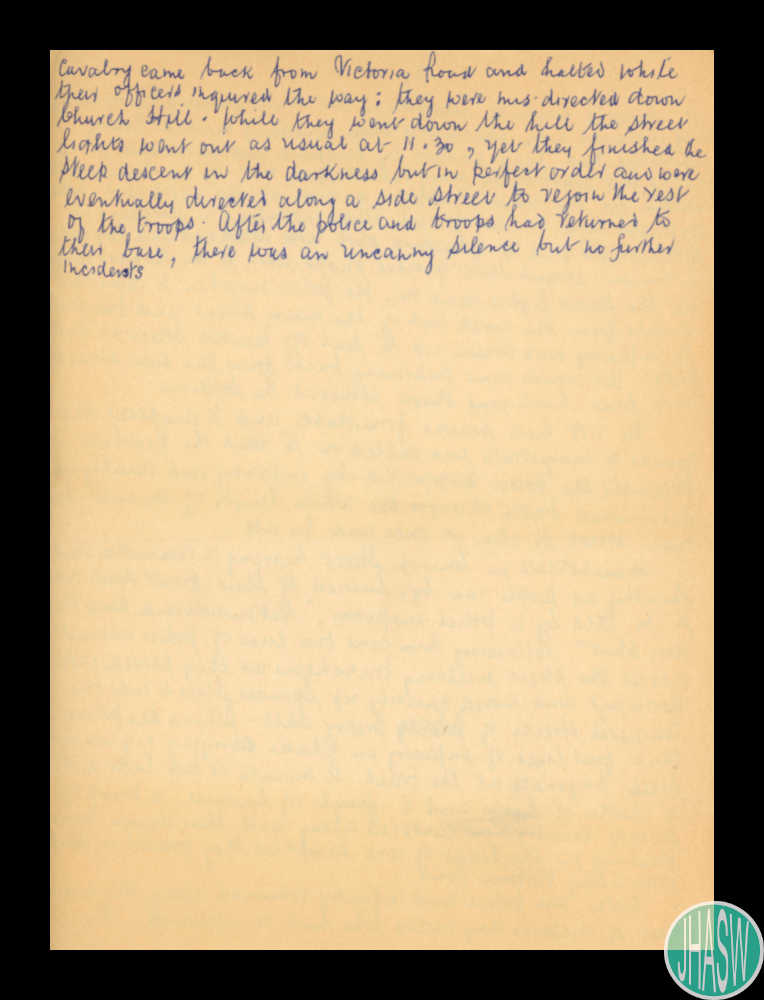

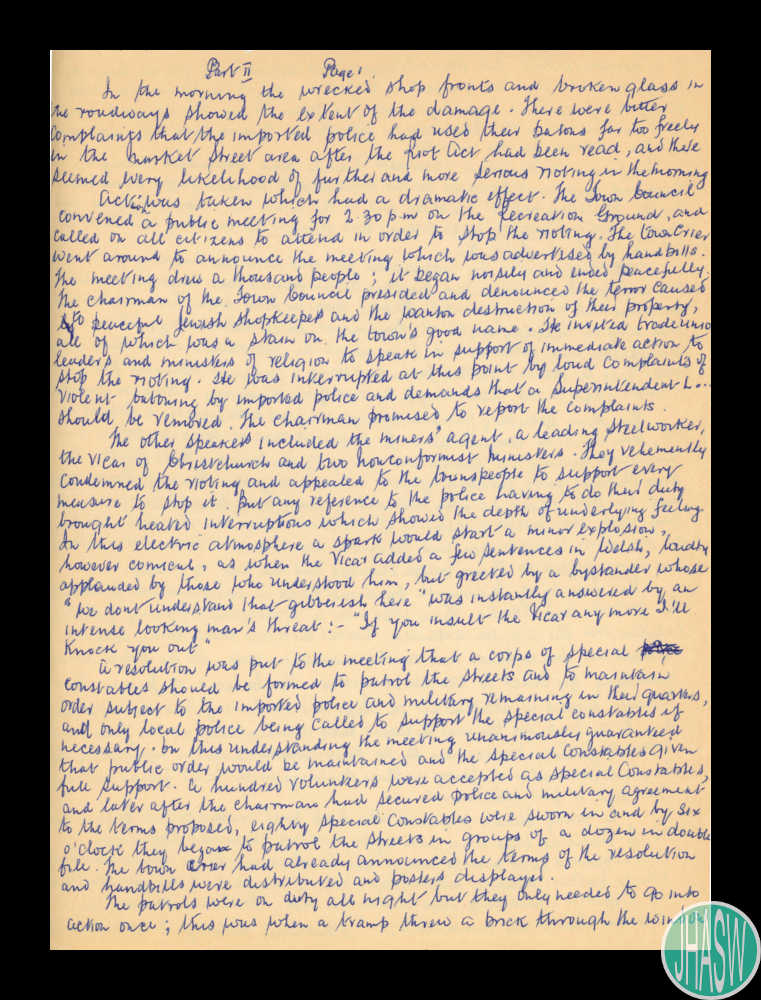

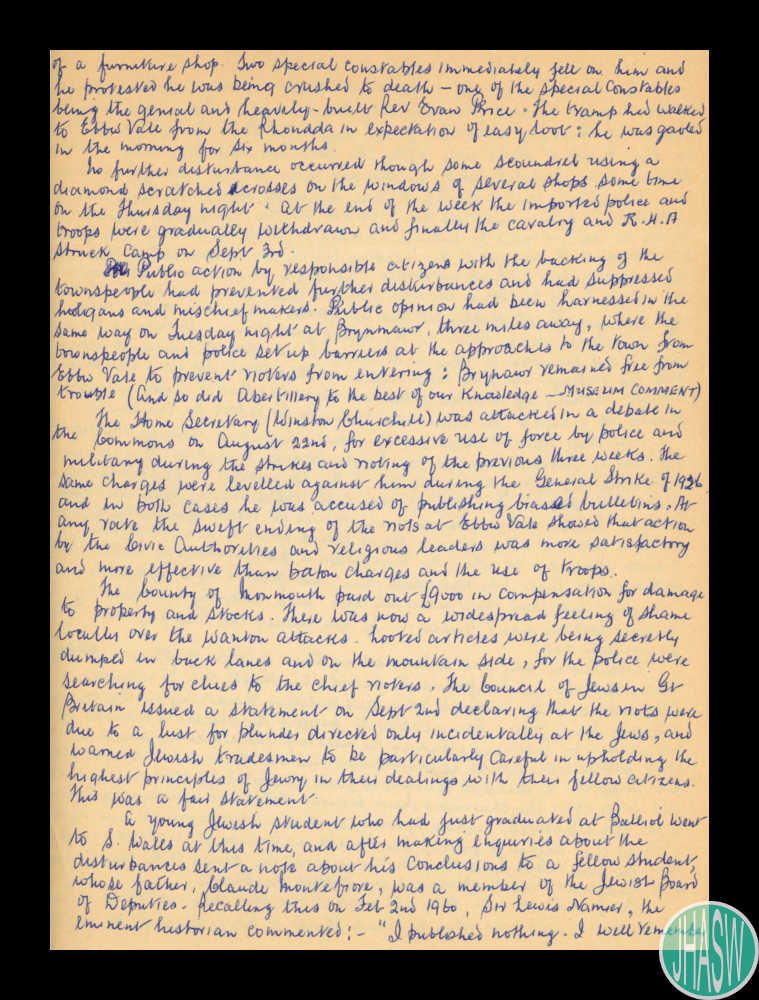

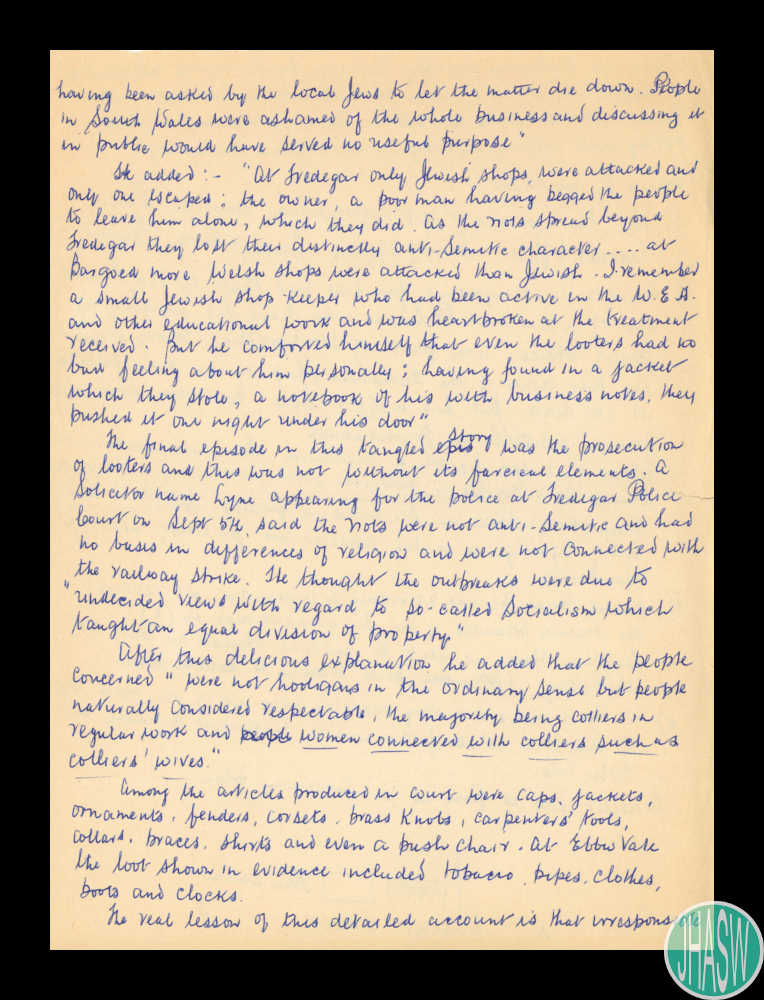


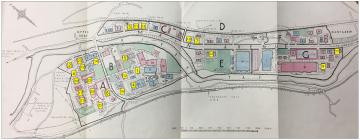

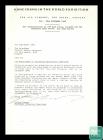

Oes gennych chi wybodaeth ychwanegol am yr eitem hon? Gadewch sylwad isod
Sylwadau (0)
Rhaid mewngofnodi i bostio sylw